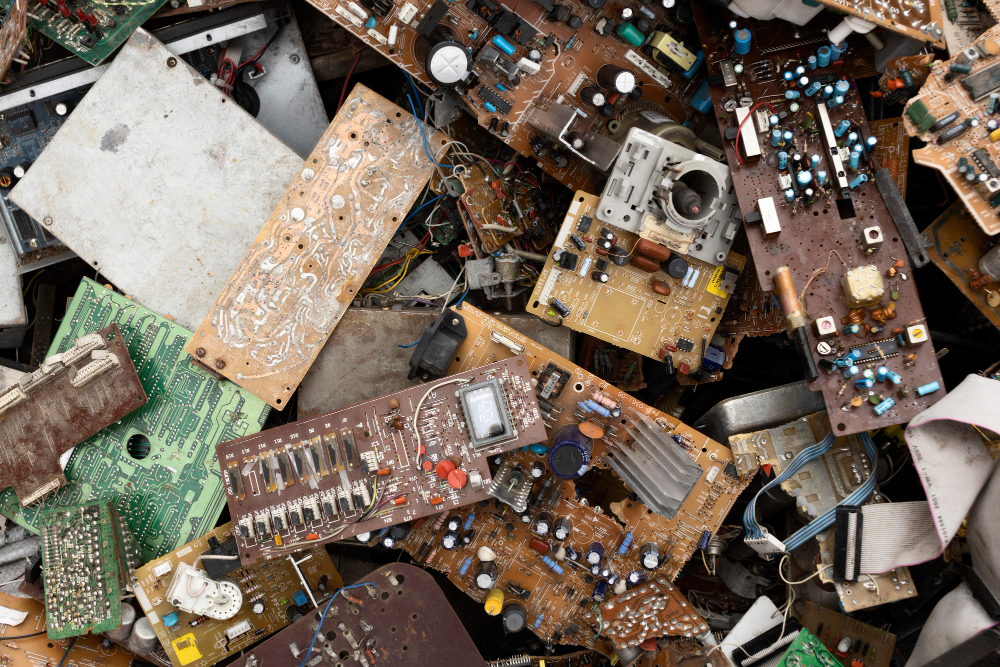The cost of technology: What e-waste is doing to our planet

E-waste is the term we use to refer to any kind of electronic equipment that is discarded either by throwing it in the trash or given away to charity. These include electric cookers and DVD players along with tablets, phones, computers, and many other devices.
Like most products, electronic articles have a finite useful life, meaning that at some point they start losing their functionality or may be broken, leading to them being disposed of.
More than 18 billion devices are stipulated to be operating worldwide by 2025, that is more than one electronic device per person. Mercury, phosphorus, lead, cadmium, arsenic, and aluminum are some of the materials that we can find commonly on these devices. There is an extremely high amount of “dangerous substances” found in our electronics, which is why the disposal of these types of equipment imposes a great risk to our environment as well as to our health.
Damage to the ground and the air
When we dispose of our waste, this usually ends up in landfills. Like the other waste, the life cycle of our electronics may conclude in one of these. The danger comes when chemicals or other compounds reach the soil, contaminating the ground to a point where fertility is completely lost and the ground deeply diminished.
Air also suffers from e-waste, as this waste is often burned to extract valuable materials to be reused, this burning may pollute the air with chemicals damaging the respiratory system of humans as well as from other species.
Damage to freshwater
Freshwater found underground is deeply threatened by waste in landfills as the contaminants might filter through the soil and reach the water, leaving it full of chemicals and landfill leachate. This water might be mixed with other freshwater, spreading these chemicals to more freshwater.
What is planned obsolescence?
Planned obsolescence is when companies design the product so that it will become obsolete in a certain amount of time. Making an object obsolete is for it to become unuseful. Often electronic devices need to be replaced as the materials used are not durable, the design is changed, they become incompatible with other devices or their spare parts are no longer available in the market.
At the moment planned obsolescence is trying to be regulated by policies to prevent this type of strategy from being used by big companies.
What can we do?
- Reuse: Buying used electronics instead of new ones is a great way to reduce the consumption of materials and waste
- Refurbish: Prolonging the electronic device's lifetime by maintaining it properly will reduce the need to buy new equipment
- Recycle: Try to separate the waste well so it is easier for the materials to get recycled, be sure to search where you can dispose of these devices in the área where you live. Often there are points in the city where you can leave your electronic waste in good hands to be treated and disposed of safely
Related Articles

The cost of technology: What e-waste is doing to our planet
We use electronic devices every day and consider them an important tool for communication and entertainment: but, where do they go to die?


